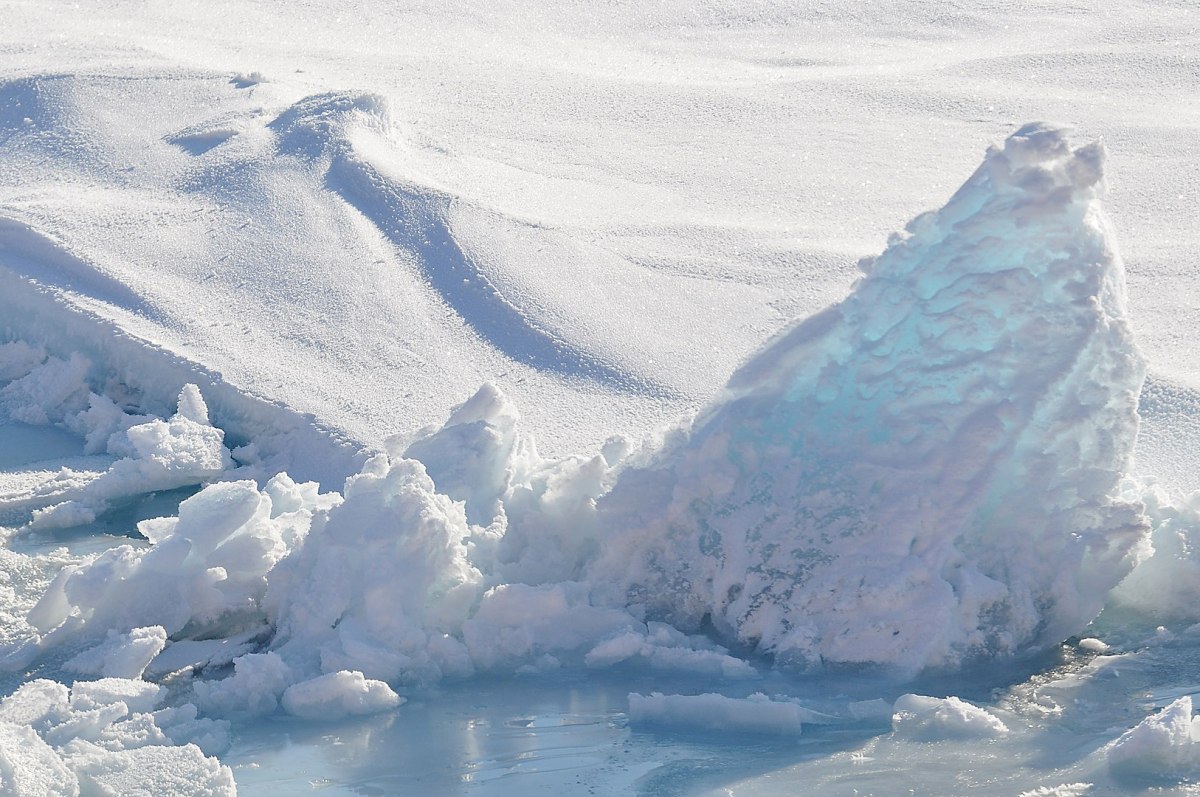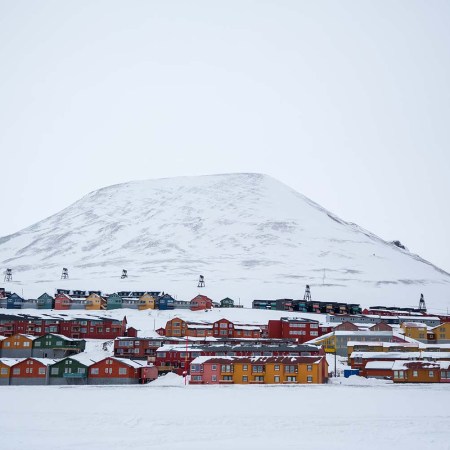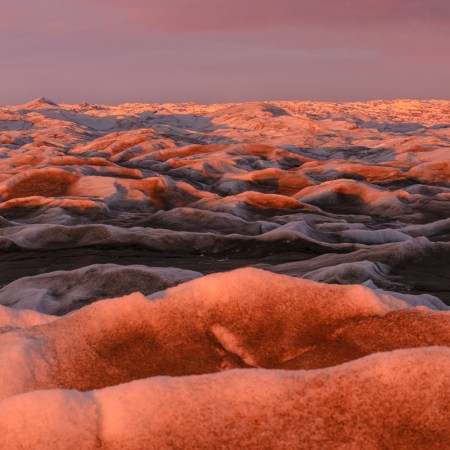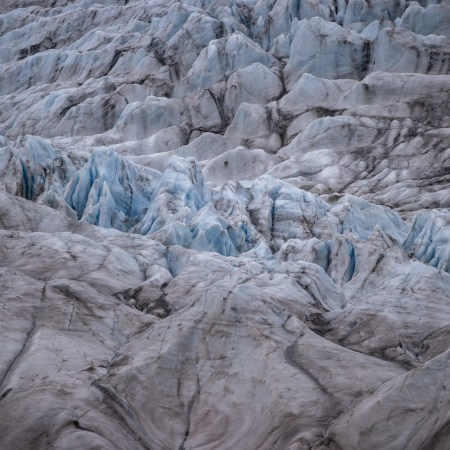Many of the repercussions of climate change discussed in the last year have had to do with its effects on warmer climates. We’ve seen droughts, wildfires and flooding both in the United States and abroad, making for an unsettling present and an alarming future. But climate change has also been wreaking havoc on colder parts of the globe, including in the Arctic. And now, a new report suggests that something unprecedented took place in that region last year — and if you weren’t already concerned about climate change, this might do the trick.
Writing at Space.com, Stephanie Pappas has news of a polynya that arrived last year in the ice north of Ellesmere Island, itself Canada’s northernmost island. And if you’re reading this and wondering what exactly a polynya is, here’s a quick explanation: it’s an area of open water that’s entirely surrounded by ice.
While polynyas have been seen before in the Arctic, 2020 is the first time scientists have seen one in this specific region. As Pappas notes, the ice in this region is particularly thick — specifically, around 13 feet — leading many experts to think that a polynya could not form there at all. But like many things in the age of climate change, expectations of what is and is not possible are quickly being rewritten. Cue the shuddering.
There does seem to be some evidence that polynyas may have formed in the same region in 1988 and 2004 — but the 2020 edition appears to have been far larger. The whole article is well worth reading, and points to two factors coming to bear here — higher temperatures overall, and higher temperatures over time causing the ice to be thinner. It’s one more cause for alarm at a time that has no shortage of them.
Thanks for reading InsideHook. Sign up for our daily newsletter and be in the know.
















